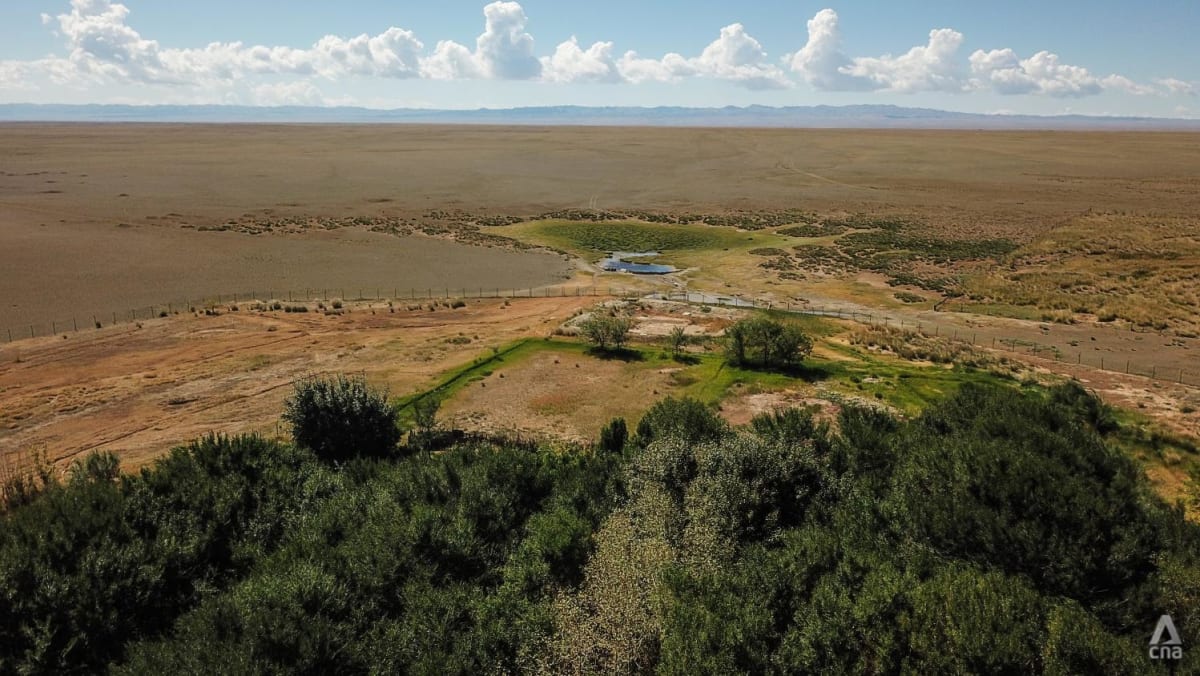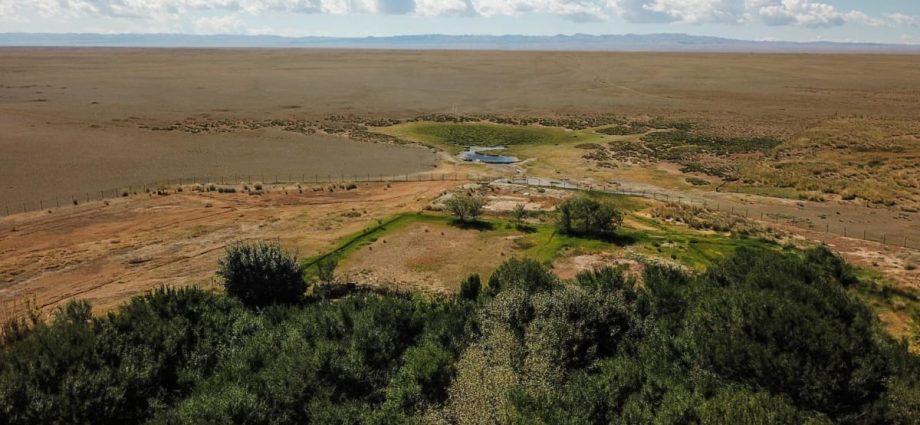
Desertification – where land degrades, becomes arid and loses its fertility – is now affecting more than 76 per cent of Mongolia’s total land territory. Climate change and human activity are both to blame and the situation has serious implications for the lives of nomadic herders as well as the nation’s food and water security.
Earlier this year, the country’s president Ukhnaa Khurelsukh officially launched the One Billion Tree movement, an ambitious plan to reverse the relentless spread of the Gobi.
Mongolia aims to achieve the target by 2030, as part of its commitments to the United Nations Sustainable Development Goals. Various incentives will encourage more people, as well as mining companies and corporations, to be involved.
The province of Ömnögovi has pledged to plant 70 million trees and provide financial packages to individuals for maintaining new trees in the area. Specialists there have designated 900,000 ha of land for forestation.
According to climate scientists, the idea has strong merits. In a special summary by the Intergovernmental Panel on Climate Change (IPCC) released in 2019, it was reported that “native and other climate resilient tree species with low water needs, can reduce sand storms, avert wind erosion, and contribute to carbon sinks, while improving micro-climates, soil nutrients and water retention”.

